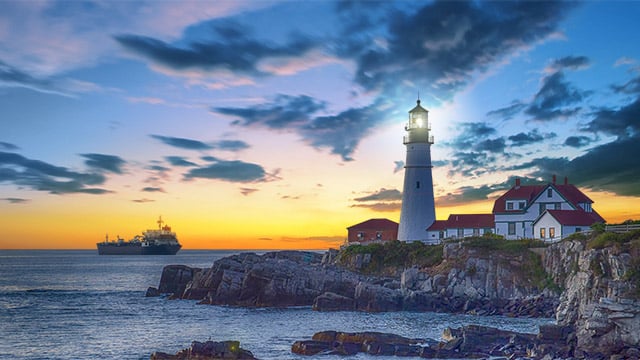Find out way forward in ballast water system

Compare potential systems with the conditions and limitations on your vessel´s trade routes. Guide yourself step by step through key parameters and decisions, so that the system you choose complies not just on paper – but also where you sail.
With a system in place, you’ll want your operations to continue, without interruptions or delays. Over your system’s lifetime, you need to safeguard its compliance, uptime and cost efficiency with the support of your supplier.
Where does your vessel do business? Every ballast water treatment system has limits. A system only complies under the specific conditions in its type approval, which need to match conditions where you sail. How saline, frigid, or turbid the water is can affect:
Do you see the whole picture when you look at a ballast water treatment system? If it’s a UV system, the answer is probably yes. You see the components you need. If it’s an electrochlorination (EC) system, you could need a lot more. Depending where you sail, you might need additional heating or a tank for storing salty water. Surely, you’ll need ventilation equipment and storage for chemicals. Those are often outside the supplier’s scope, but they add footprint and cost. EC can also affect your vessel in another way – by corroding your ballast water tanks.
Your system should also be easy to use – and ready for the unexpected at sea. Since the sea is harsh to marine equipment, your system needs noncorrosive, marine-grade materials to last as long as your vessel. But it’s not just materials. Suppliers with little experience designing or delivering marine systems might underestimate the challenges. And will they be ready with service if anything goes wrong?
How long do you plan on doing business? 10 year? 20 years? You’ll need a supplier who’ll be there just as long. It’s not only a matter of getting marine service world-wide if anything goes wrong. If your supplier disappears and the system is discontinued, there’s no one to produce certified spare parts. And without those, your system’s type approval certificate could become invalid.
There’s one thing you don’t want in ballast water treatment: limits on your business. Although type approval certificates define System Design Limitations, the ways they affect you can be difficult to see. The tool Compliance Navigator takes the mystery out of selection, by comparing potential systems with the conditions and limitations on your vessel’s trade routes.
